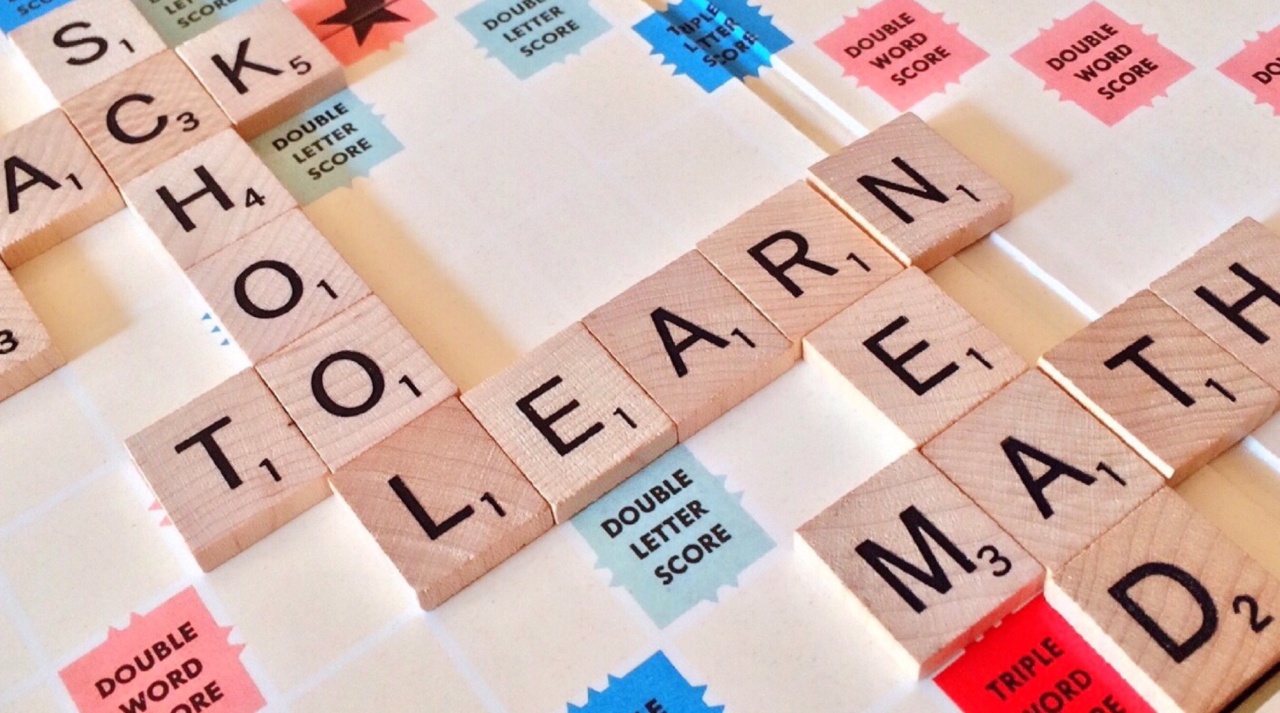Dyslexia is a learning disorder that affects an individual’s ability to read, write and spell. In England, it is estimated that around 10% of the population has dyslexia, with 4% having severe dyslexia.
Dyslexia can be diagnosed at any age and is not related to a person’s intellectual ability. In this article, we will explore the English perspective on dyslexia and reading.
Definition of Dyslexia
The definition of dyslexia varies from country to country. However, in England, the Department of Health defines dyslexia as:.
“a specific learning difficulty that affects the ability to acquire literacy skills.
It is characterised by difficulties with phonological processing, rapid naming, working memory, processing speed and the automatic development of skills that may not match up to an individual’s other cognitive abilities.”.
Symptoms and Signs of Dyslexia
There are several signs and symptoms of dyslexia that parents, teachers and caregivers can look out for. These include:.
- Difficulty learning and remembering the alphabet
- Struggling with phonemic awareness (the ability to hear and manipulate sounds in words)
- Difficulty with reading fluently
- Difficulty with spelling and writing
- Trouble with rhyming words
- Difficulty with sequencing and organisation
- Difficulty with time management
Diagnosis of Dyslexia
Dyslexia can be diagnosed at any age, although it is usually identified during a person’s early school years. A diagnosis of dyslexia is made by a specialist who carries out assessments of reading, writing and spelling.
This assessment will look at the individual’s cognitive abilities, and it is important to distinguish between dyslexia and other learning difficulties. A diagnosis of dyslexia can be helpful in providing support and accommodations for the student.
Support for Dyslexia in English Schools
English schools are required to provide support for students with dyslexia. This support can range from extra time on exams to specific programs that support phonemic awareness, reading fluency and spelling.
Schools will work with parents and caregivers to develop an Individual Education Plan (IEP) for students with dyslexia. The IEP will outline the extra support and accommodations that the student will need to succeed academically.
Techniques for Teaching Reading to Dyslexic Students
Dyslexic students need specific techniques to help them learn how to read. Here are some techniques that can be helpful:.
- Phonemic awareness activities – students need to practice hearing and manipulating sounds in words.
- Multi-sensory activities – students need to see, hear, and feel the letters and words they are working with.
- Explicit instruction – students need to be taught specific reading skills in a direct and explicit way.
- Structured literacy – dyslexic students need to be taught in a very structured way, working from simple to more complex skills in a step-by-step fashion.
Technology for Dyslexic Students
Technology can be a fantastic tool for dyslexic students. There are several apps and programs that can assist with reading, writing, and spelling. Here are some examples:.
- Text-to-speech software – this software can read text out loud, allowing students to hear the words as they read them.
- Speech-to-text software – this software can turn spoken words into text, helping dyslexic students to write without struggling with spelling.
- Word prediction software – this software predicts what word the student is trying to write, helping them to write faster and more accurately.
The Importance of Early Intervention
Early intervention is essential when it comes to dyslexia. The earlier a student is diagnosed and provided with support and accommodations, the better.
Dyslexia can be a lifelong condition, but with the right support, students can learn to manage their dyslexia and succeed academically and professionally.
Dyslexia in the Workplace
Dyslexic individuals can face challenges in the workplace, but with support and accommodations, they can be successful. Employers can provide accommodations such as assistive technology and flexible working hours to help their dyslexic employees.
Dyslexic individuals can excel in careers that require creativity, problem-solving, and strategic thinking.
The Future of Dyslexia and Reading
As our understanding of dyslexia grows, so too does our ability to provide support and accommodations for dyslexic individuals. Technology is also advancing, providing new tools to help dyslexic students and employees.
While dyslexia can be a lifelong condition, it does not need to hold individuals back from achieving their goals and leading successful lives.





























